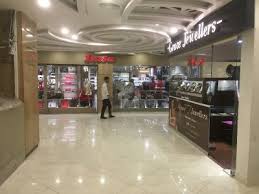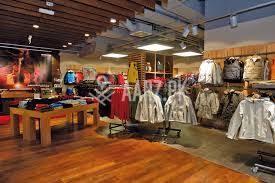Shopping Centers under the new economic / urban paradigm
Reinvent or Die. Transformation of Shopping Centers under the new economic / urban paradigm
A few months ago we had the opportunity to start working on a project that is absolutely connected to the current situation of economic / urban change, the urban revitalization of a shopping center. A generic space, in a generic place of any urban periphery.now Best investment opportunity in Lahore is available. For us, urban social designers worried about detecting the needs of contemporary society, this project has been a very stimulating injection of reality that has forced us to reconsider our position on the shopping centers and their role in the current city.
The concept of a shopping center , as we understand it and experience it today, could have its days numbered. You do not have to be "a Krugman " to realize this. The world of shopping centers, which has enjoyed great glory in recent years, has not been a field of experimentation and innovation. It is a model, which imported from the United States, and closely linked to mobility by car, has been implemented in different geographies and cultures with very limited variations. The same brands, the same cuisine in an absolutely generic atmosphere, controlled, heated and disconnected from the outside, both physically and culturally. An atmosphere suitable only for consumption, without even providing rest spaces or the conditions for "common" spaces to function as a true public space, understood as a space for the relationship between people, socialization. An interior space, privately owned, and with very restrictive rules of use, which emulates an external "public" space.
The worst for urban innovation is that any type worn and repeated ad nauseam is economically profitable . In that situation we can come to think, wrongly, that we are doing well, because money flowing endlessly is the best antidote to reflect on many other aspects, as much or more important than the economic balance. Now it's time to ask: Was it so bad to stop and think for a moment?
As a first exercise, we did a Google search ( interior shopping mall ) and this is the result:
It is curious to see how buildings in such distant and different contexts offer spaces, solutions and elements that are so homogeneous . The first note that could be made is that the aesthetics and the philosophy behind these malls, as well as their purpose exclusively of 'machine to sell', are very similar anywhere in the world. Buildings like these fully represent the phenomenon of the globalization of the architectural language and the reproduction of a social and economic model on a world scale. Many artists have interpreted and recorded this reality; among them photographer Michael Galinsky, who in 1989 at the age of 20, decided to take a trip touring numerous shopping centers throughout the United States. That work has been compiled in the book Malls across America , published thanks to a kickstarter crowdfunding initiative .




Comments
Post a Comment